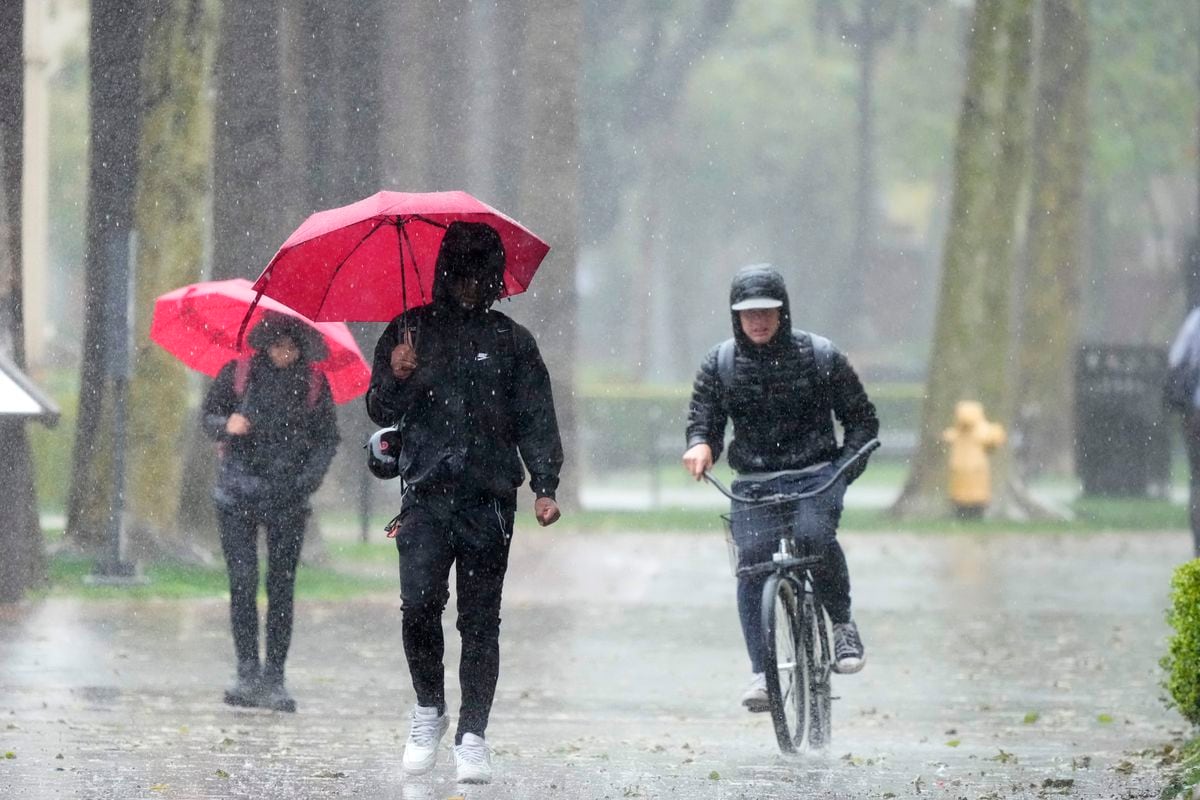End of cycle in California.
The passage of a dozen storms since December have achieved something unimaginable just a few months ago: that a State known for its lack of water can say goodbye to the worst of the drought.
The conditions that have left the passage of phenomena known as atmospheric rivers have filled the reserves and reduced the burden for thousands of farmers in the center of the entity.
This Friday, the state government has announced the end of fifty provisions issued in the last two years to save water.
“Is the drought over in California?
It feels that way and I would like to affirm that it should be that way, but it is still complicated, ”said Governor Gavin Newsom this Friday.
The local president has opted for caution after years of demanding that the 40 million Californians should reduce water consumption in what have been the three driest years on record since 1896, when they began to be counted.
“I know it's disappointing for some because it would be great if the governor said 'the drought is over,'” Newsom added from Dunnigan, an area north of Sacramento that grows rice and almonds, two products that require a lot of volume of production. water to thrive.
The Department of Agriculture indicates in its weekly report that most of California is no longer experiencing these dry conditions.
This remains in 36% of its territory.
It is a drastic change compared to what was experienced three months ago, when the entire State suffered from it.
Atmospheric rivers have brought rains that have generously exceeded the average rainfall for the season.
The same thing happens with snow.
The mountainous systems have 223% of the annual average for this time of the year.
This is an important indicator to continue nourishing the water deposits during the summer and autumn.
“This is good news,” said Wade Crowfoot, the California Secretary of Natural Resources.
Twelve of California's seventeen dams are above the historical average for this time of year.
Deposits are at their highest point in three years, so the government has announced that it will take over 75% of the supply to districts that serve 27 million people.
Last year, state authorities only contributed 5% to the network.
This caused most counties to enact harsh restrictions to reduce consumption.
This year's contribution is the largest since 2017, a year where severe storms ended six years of drought.
Conditions returned three years later.
Marie, 81, and her husband, Bill, 92, shovel snow from the driveway near Lake Tahoe.
The area recorded record snowfall this winter.FRED GREAVES (REUTERS)
Newsom today terminates a total of 48 water-saving provisions.
One of them, announced in October 2021, requested the voluntary effort of Californians to reduce demand on the network by 15%.
This was a flop.
Supply savings barely reached 6% in January.
The governor has left standing another 33 measures to avoid waste.
The prohibition on irrigation is maintained 48 hours after a rain, the use of hoses and the use of water in decorative grass in commercial areas and businesses, among others.
Although conditions have improved, the Government maintains the state of emergency, a power that allows it to act quickly and attack the consequences that have left three dry years in the region.
The authorities, however, have said that there are two areas particularly affected by the drought.
One of these is the border between Oregon and California, whose supply depends on the Klamath River, which has not benefited from the storms.
Something similar happens with the Colorado River, which feeds a good part of southern California.
The State also suffers from its underground deposits.
62% of its wells have been overexploited in recent years and are below normal levels.
California is preparing to face increasingly extreme weather conditions.
"The scourge of the weather that we have experienced in recent months makes it very clear to us that we and our water system have to adapt to lurches of drought and floods," Newsom said at the press conference.
A new storm is forecast to roll over the territory next week, which may bring fresh flooding, knock down winds and push dams to their limits.
They are images that a few months ago were more than improbable.

